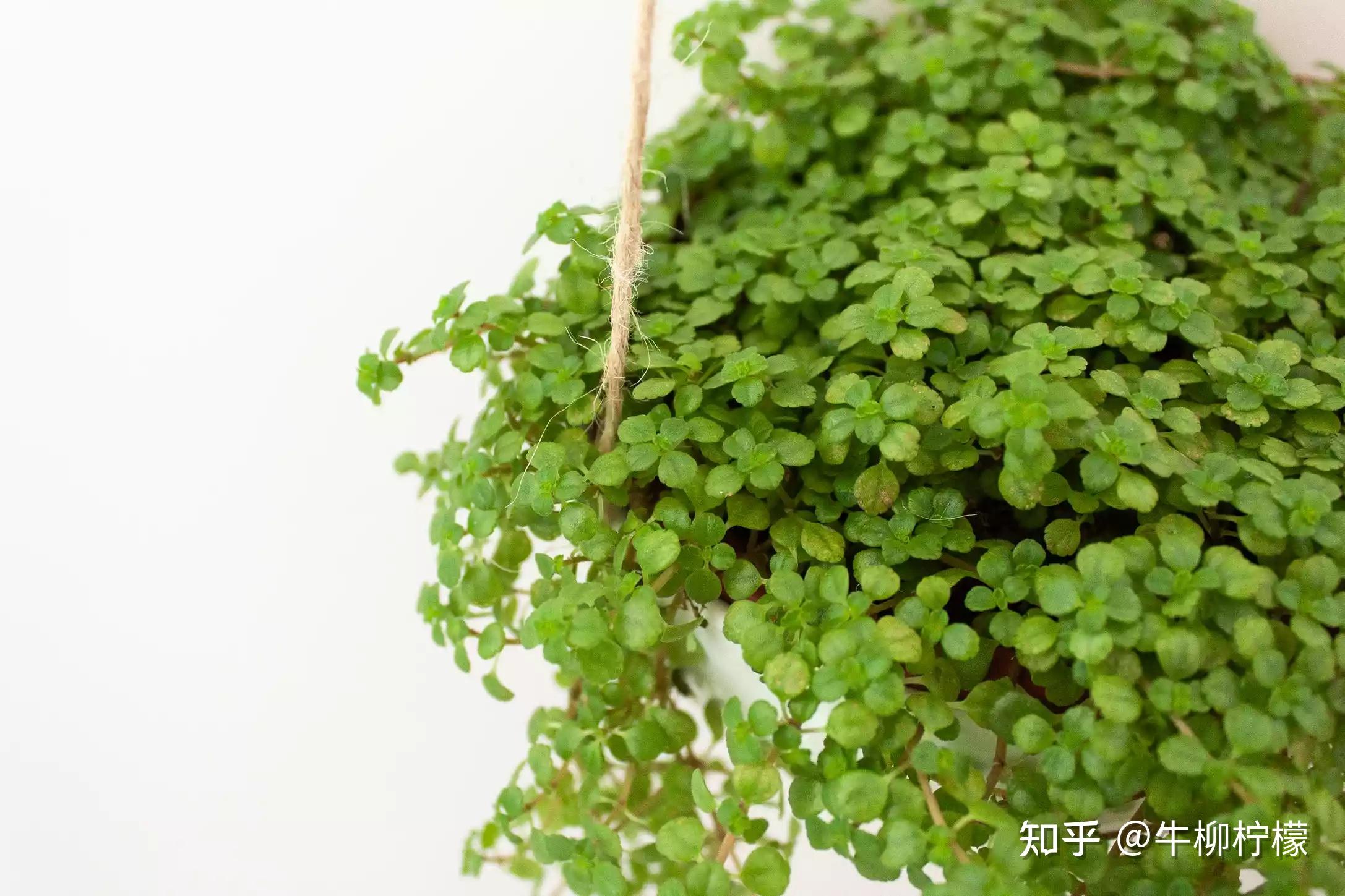Revive your wilting Babys Tears with expert tips to tackle watering woes, light stress, and pests!
Baby tears, also known as Soleirolia soleirolii, is a delicate looking houseplant prized for its lush, creeping foliage However, like any plant, baby tears can fall victim to diseases that affect its health and appearance In this article, we’ll discuss some common baby tears plant diseases, how to identify them, and effective treatment methods.
Common Diseases in Baby Tears Plants
Here are some of the most prevalent diseases that impact baby tears plants
Root Rot
Root rot is one of the most common baby tears diseases, caused by overwatering or standing water in the soil. Symptoms include yellowing leaves, wilting, stunted growth, and roots that appear brown or mushy. Prevent root rot by watering only when the top inch of soil is dry and ensuring the pot has drainage holes. If caught early, root rot can be treated by repotting in fresh, well-draining soil after removing diseased roots.
Powdery Mildew
Powdery mildew appears as white powdery patches on leaves and stems. It thrives in humid environments with poor air circulation. To treat it, isolate and prune infected parts of the plant. Improve air flow and decrease watering frequency. You can also use neem oil or sulfur fungicides as a preventative treatment.
Leaf Spot
Leaf spot shows up as small brown or black spots on foliage. It’s caused by fungus or bacteria and spreads quickly in warm, humid conditions. Prune and discard infected leaves. Disinfect tools after pruning to prevent spreading. Space plants further apart and avoid wetting leaves to prevent leaf spot.
Identifying Baby Tears Diseases
Catching diseases early allows the best chance of saving infected baby tears plants. Here’s what to look for:
- Root rot: Mushy, brown roots; yellow leaves; foul odor; leaf drop
- Powdery mildew: White powdery coating on leaves
- Leaf spot: Small brown/black spots on leaves
- Botrytis: Gray fuzzy mold on leaves or stems
- Mealybugs: White cottony masses on stems and leaves
Check regularly for signs of disease, especially after introducing new plants which may carry pests. Isolate and inspect any plants showing suspicious symptoms.
Treating Baby Tears Plant Diseases
Once you’ve identified the problem, prompt treatment can help get your plant back to health.
Root rot – Repot in fresh, well-draining soil. Trim off diseased roots and leaves.
Powdery mildew – Improve air circulation. Prune infected parts and treat with sulfur fungicides.
Leaf spot – Remove and destroy affected leaves. Space plants out and avoid wetting foliage.
Botrytis – Remove infected tissue. Improve air flow. Apply fungicide.
Mealybugs – Isolate plant. Wipe away bugs with alcohol swabs. Apply insecticidal soap.
Prevention – Let soil dry between waterings. Provide good ventilation. Disinfect tools and isolate new plants.
With quick action, many baby tears plant diseases can be successfully treated. Proper cultural care like spacing, light, and watering is key to prevention.
Frequently Asked Questions
How can I prevent diseases in my baby tears plant?
- Let soil dry out between waterings
- Provide good air circulation
- Maintain proper humidity levels
- Disinfect gardening tools
- Isolate new plants before introducing them
- Inspect regularly for signs of disease
What if I don’t know what disease my baby tears plant has?
If you notice any abnormal leaf spotting, powdery residue, webbing, wilting, or other suspicious symptoms, isolate the plant away from others. Check roots and stems for signs of rot or pests. seek advice from local plant nurseries or online plant groups to help identify the problem.
Should I just throw away a diseased baby tears plant?
Not necessarily! Catching problems early and taking prompt action can often salvage the plant. Powdery mildew and leaf spot can be managed with vigilant treatment. Even root rot can be overcome by repotting, if addressed before rot spreads too far.
How do I disinfect gardening tools to prevent spreading disease?
Dip tools for 10-30 minutes in a solution of 1 part bleach to 9 parts water. Rinse and dry thoroughly afterward. Rubbing alcohol can also be used to wipe down scissors between plants.
What are organic treatments for baby tears fungal diseases?
Organic antifungal options include neem oil, sulfur, baking soda spray, hydrogen peroxide, or a milk spray solution. Test on a small area first, as some products may burn delicate foliage. Always follow label instructions.
Caring for baby tears plant requires vigilance against diseases. Inspect plants frequently, and address any problems promptly. With quick treatment, many common baby tears diseases can be successfully managed. Maintain proper growing conditions and isolate new plants to keep your baby tears healthy.

Diagnosing Your Watering Routine
Its not about slavishly following a calendar; your Babys Tears craves a consistent moisture level. If the soil feels like a parched desert, youve gone too long. If its more like a swamp, youve gone overboard. Use the trusty finger test—if the top inch is dry, its time to water. Remember, the plants thirst varies with temperature and light conditions.
Adjusting Your Plant’s Exposure
To get your Babys Tears back on track, think bright, indirect sunlight. Direct sun is a no-go—its like putting your plant in the middle of a desert. Aim for that sweet spot where the light is as consistent as your favorite baristas coffee. Temperature-wise, keep things steady between 65-75°F (18-24°C). If your homes temperature swings more than a pendulum, consider a heat mat or fan to even things out. Remember, your plant hates surprises more than you hate unexpected guests.

